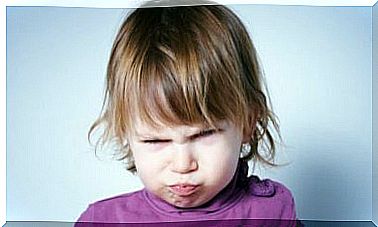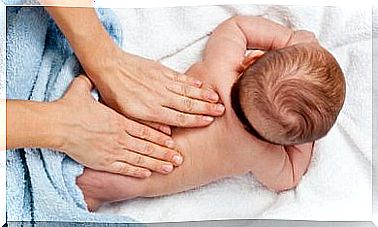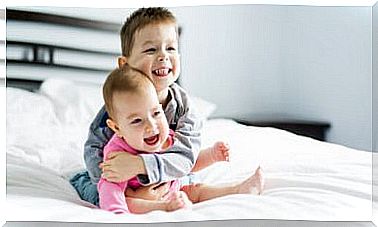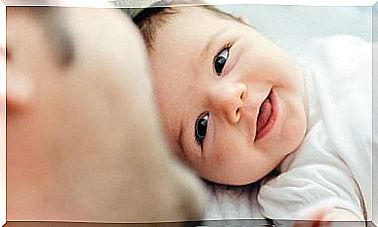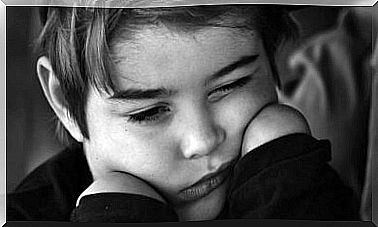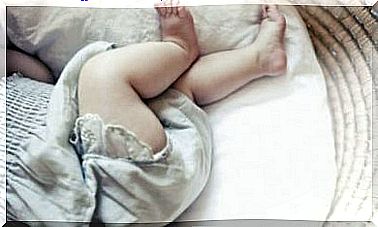How To Teach A Child To Organize Things In A Simple Way?

Teaching a child to organize is not an easy task. Your parent’s perspective on a tidy bedroom will not be the same as your young child’s.
Therefore, you should teach him to be responsible in this regard. How to get? We’ll help you next.
Be understanding to motivate yourself
Your purpose should be for your child to keep the bedroom organized and this becomes a standard of living, that is, that your bedroom is not always a battleground and that the child does not leave his things scattered throughout the house.
But don’t expect to achieve this goal with a reprimand or in record time.
You will have to arm yourself with patience and progressively reach the goal. Something that can help you is to give the child a hand, for example.
If your child sees you collecting toys, this may motivate him to do so too. But it’s not just toys, it can also be clothes, shoes, bicycles, books, etc. So that he gets used to the routine of returning all used things to their corresponding place.
You won’t have to do all the work for him either, but to form a pattern of life you always need a model. And your good example will be noticed.
6 tips for teaching a child to organize their things
As your child grows, a series of reactions will form in his personality. So in some cases you will have to plan well for your child to participate in the gathering of things.
Young children require not only motivation but also learning by example and through play.
1.- Make a challenge
Why don’t you challenge him? Ask it: Who picks up the most stuff in a minute? If your child feels involved in this race against time and against you, he will certainly be excited to collect most of his things.
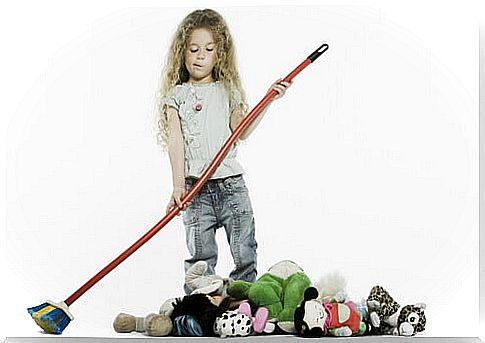
2.- Establish a place to store everything
If your child has their own room, make sure they have space and know where to put everything. For this, you can place boxes in accessible places for him.
And if the room allows it, it’s good that there is a part or a little corner of it for everything. A corner for toys, another for study, and so on.
3.- Make the space attractive
If you have a bookcase, you could paint it or sign it with something that represents the child. A place for notebooks, a shelf for teddy bears, a box for balls, etc. This way your child will be able to easily identify where each object he used should be kept.
Try to leave the toys that he uses the most within reach. That way, when you want to get them, you won’t have to go around the room or take out all the other toys to find them.
4.- Make your work easier
If there is another common room in the house where your child usually also plays, set aside a place for him to put or store his games there, so that it is not too heavy for him to have to collect everything and transport it back to his room. .
5.- Reduce the amount of things to organize
Teaching children to organize also implies other things, such as encouraging them to get rid of what they no longer use. There are many places that collect used clothes or toys without having to throw them in the trash.
6.- Create a relaxed environment
Try to see things through children’s eyes. Remember that they are in a learning and training process in which curiosity is very high. Thus, it is common for her to play with everything that is around her.
Let it create an environment that is sometimes disorganized, but with complete freedom to choose and with the duty to save later.

Benefits of learning to organize
When you are a parent, it can be very easy to lose your temper. Therefore, teaching a child to organize requires time and effort, but it is worth it for the benefits it provides:
- It helps children to organize their external and internal world frequently.
- She’ll be able to locate things quickly instead.
- It helps in your hygiene and cleaning habits.
- Prepares for the other stages of life.
Finally, remember that teaching a child to organize goes hand in hand with example: what your child sees you doing will do more than what you tell him. If you do, he will surely learn to take care of his things.
